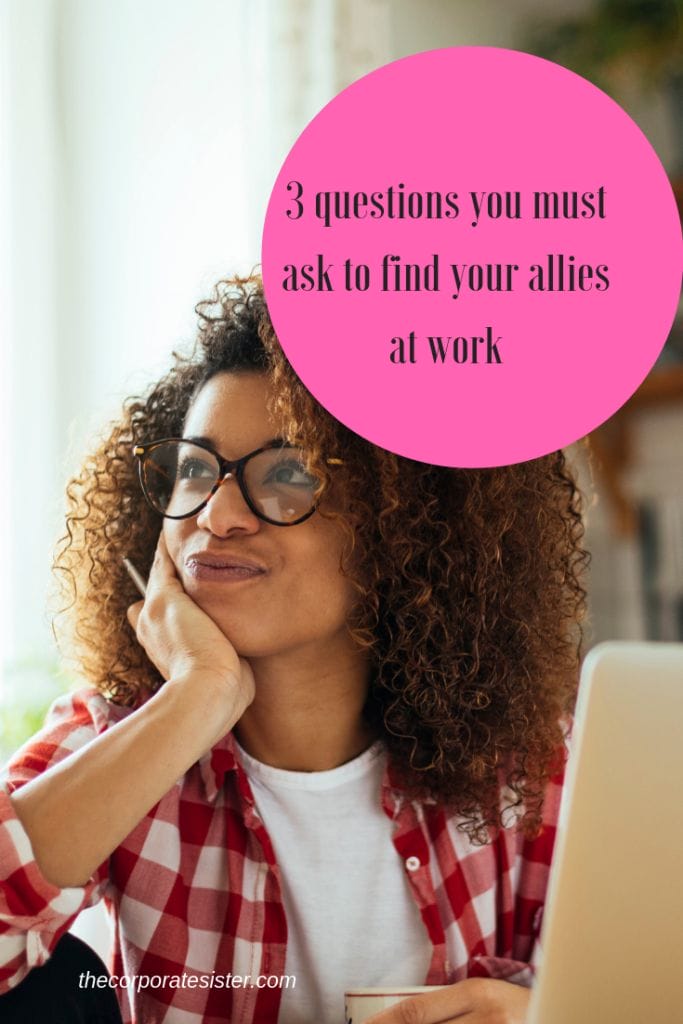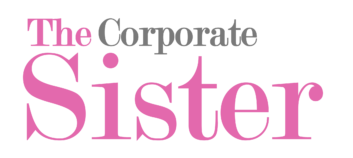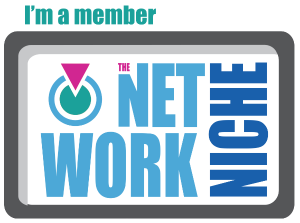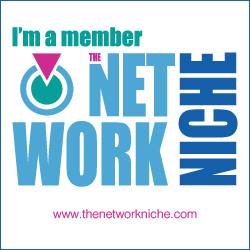“Your allies are not always who they seem to be.”
I got stuck at these words uttered by keynote speaker France Winddance Twine, Professor of Sociology at the University of California Santa Barbara during the 2019 Women of Color in the Academy conference. Through her personal stories, she taught us as attendees that especially as women of color, we cannot necessarily expect other women of color to be our allies in the workplace. It was at once a shocking and expected revelation for me. I know all too well of the “Queen Bee Syndrome”, and the erroneous yet popular mindset that there is only one (or at best a rare few) spots for women of color at the top. What I expected less, was the blatant truth that allyship does not always come from where we expect it to.
But first, let’s clear up what an ally is. An ally is any individual involved in the promotion and advancement of an inclusive culture through positive and intentional action. The most effective allies:
- Learn to recognize systematic injustice and instances of micro-aggressions
- Advocate for other more marginalized individuals and/or groups of people
- Actively share opportunities, and
- Listen and support underrepresented individuals’ experiences.

Often, we see allies in people who look like us, especially when we’re part of under-represented or marginalized groups. While this may very well be true, it’s also important to recognize that allyship can come in the form of someone who does not look or behave like us. As a matter of fact, there have been many experiences, forged by insecurity and a preponderance of the “Queen Been Syndrome”, of minorities acting as the very opposite of allies to other minorities.
In my own experience, I have learnt that unlike the realities of systematic inequality and lack of diversity, allyship can come in many shapes, forms, and yes, race, color, gender and sexual orientation. I think of the professors who advocated for me and shared incredible educational and career opportunities that changed the direction of my life. I think of the formal and informal mentors who believed in me more than I believed in myself. The point is to pay attention to the actions of those who are positioned as potential or actual allies, more than what they look like or what flattering or temporarily encouraging words they may utter.
Here are a few questions you can ask yourself to recognize and build relationships with allies in the workplace as a woman of color:
- Are they supporting an inclusive culture?
If there is a push to promote and advance inclusiveness, whether through diverse hiring practices, employee resource groups and/other resources, it is a god indicator of a potential ally.
- Are they mentoring other women of color?
Mentoring women of color or other diverse individuals is also a great indicator of allyship and inclusiveness.
- Are they educated about under-represented and/or minority groups at work?
Asking questions and learning about minority cultures, backgrounds and religions is crucial when it comes to being an effective ally. Someone who takes the time to get educated on what it means to be a black woman or a minority at work is also someone who may serve as a powerful ally.
All in all, allyship is one of the most powerful keys to promoting and advancing diversity and inclusion in the workplace. However, it is paramout to learn to apply, recognize and accept it so as to unlock its true power.
Do you have allies in the workplace? Who are your allies?
The Corporate Sis.







